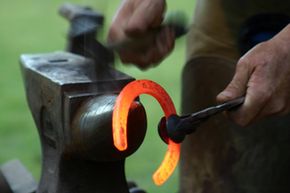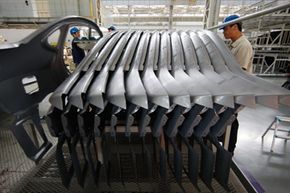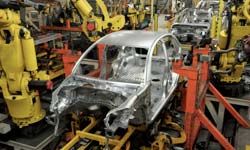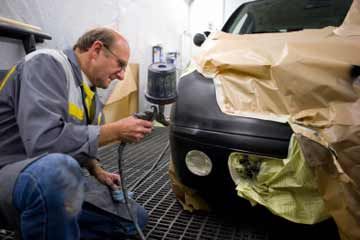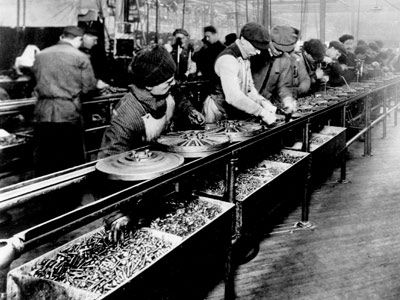The profession of blacksmith goes back many thousands of years. In ancient times the blacksmith would pound metal into useful objects with a hammer, often heating the metal first in a forge. (The word "Smith" comes from the same root as "smite," so a blacksmith was someone whose job was smiting metal blackened in a fire.)
Blacksmiths are relatively rare today -- though they do still exist and use tools much more modern than those used in ancient times. The job of working metal into useable objects is now accomplished mostly by machine. Nowhere is this art of metal forming more important than in the automotive manufacturing industry, where every metal part from the body of the car to the smallest lug nut on the wheel is created by industrial metal forming processes. These processes exist on the cutting edge of modern manufacturing, where computers meet the mechanical and hydraulic machinery of the auto plant.
Advertisement
Automotive metal forming is one of the most important aspects of auto manufacturing. If it weren't possible to work metal into useful shapes, cars couldn't exist. And the ability of machines -- often controlled by computers -- to turn out automotive parts quickly and reliably is one of the things that make it possible to buy a car for somewhat less than it would cost to buy a house.
But how does metal forming work? It's easy to understand how a modern blacksmith can shape metal with a power hammer and an oxy-acetylene torch, but how can a machine do these things? Over the next few pages, we'll discuss how this process of metal forming can be mechanized and performed on a large-scale industrial basis. We'll look at some specific techniques and processes that are used in auto manufacturing. We'll also look into the future and see how metal-forming technologies being developed today will help us build the cars of tomorrow.
Advertisement
